On a high-fat, super low-carb keto diet, lots of foods (even healthy ones!) are off the menu because they contain too many carbs.
In fact, when you have to keep your carb intake below 30 grams of net carbs per day, even certain vegetables have to go, explains Rebekah Blakely, RDN. “Even though all vegetables have health value, eating too much of some will likely push you over your carb limit.”
WHY VEGGIES MATTER ON KETO
Worried about their carb counts, some people avoid veggies altogether when they go keto. However, “incorporating vegetables is essential for any healthy diet because vegetables provide vital nutrients like vitamins, minerals, antioxidants, electrolytes and fiber,” explains Brittany Michels, RDN, LDN.
Since fiber, which helps us maintain a healthy gut (and stay regular), is typically found in higher-carb foods, it’s especially important for people on keto to focus on, Blakely adds. The way to do it: Load up on vegetables — well, the right vegetables.
There are two types of vegetables out there: starchy and non-starchy. “Starches are long chains of sugar molecules found in many veggies,” says Blakely. Though starches are complex carbs (meaning we break them down slower than sugar), they still raise our blood sugar. Different vegetables contain more starch than others — and while non-starchy vegetables are keto-friendly, starchy veggies? Not so much.
KETO-FRIENDLY VEGETABLES
Since non-starchy veggies, (which include anything leafy and green) are typically low in carbs, sugar and calories — and pack fiber — they’re your go-to on the keto diet, says Blakely. In fact, you should be able to rack up your 5–10 servings of veggies a day without going overboard on the carbs.
Luckily, most vegetables that grow above the ground fall into the non-starchy category.

Rich in iron and vitamin K, this leafy green is about as low-carb and keto-friendly as it gets, says Jenna Appel, RD and certified personal trainer. Use it as a base for a serving of salmon or sauté it with olive oil to serve alongside eggs.
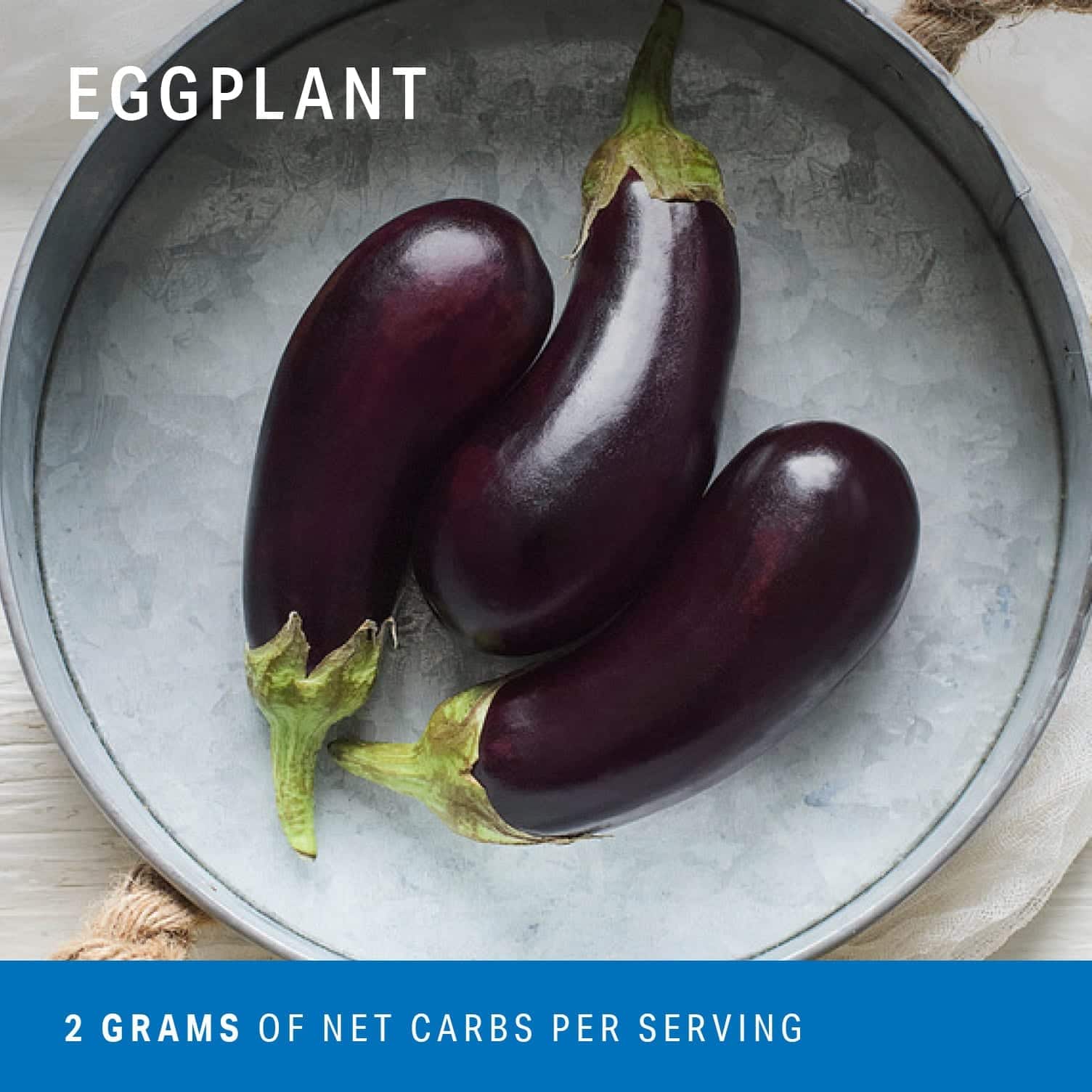
This Mediterranean favorite provides plenty of potassium and magnesium, along with lots of antioxidants thanks to its bright, purple color, Appel says. Roast with plenty of olive oil, salt, pepper and garlic for a satisfying side.

This crunchy, popular salad base is more than just water. In fact, romaine is rich in potassium, vitamin A and vitamin C, according to Appel.
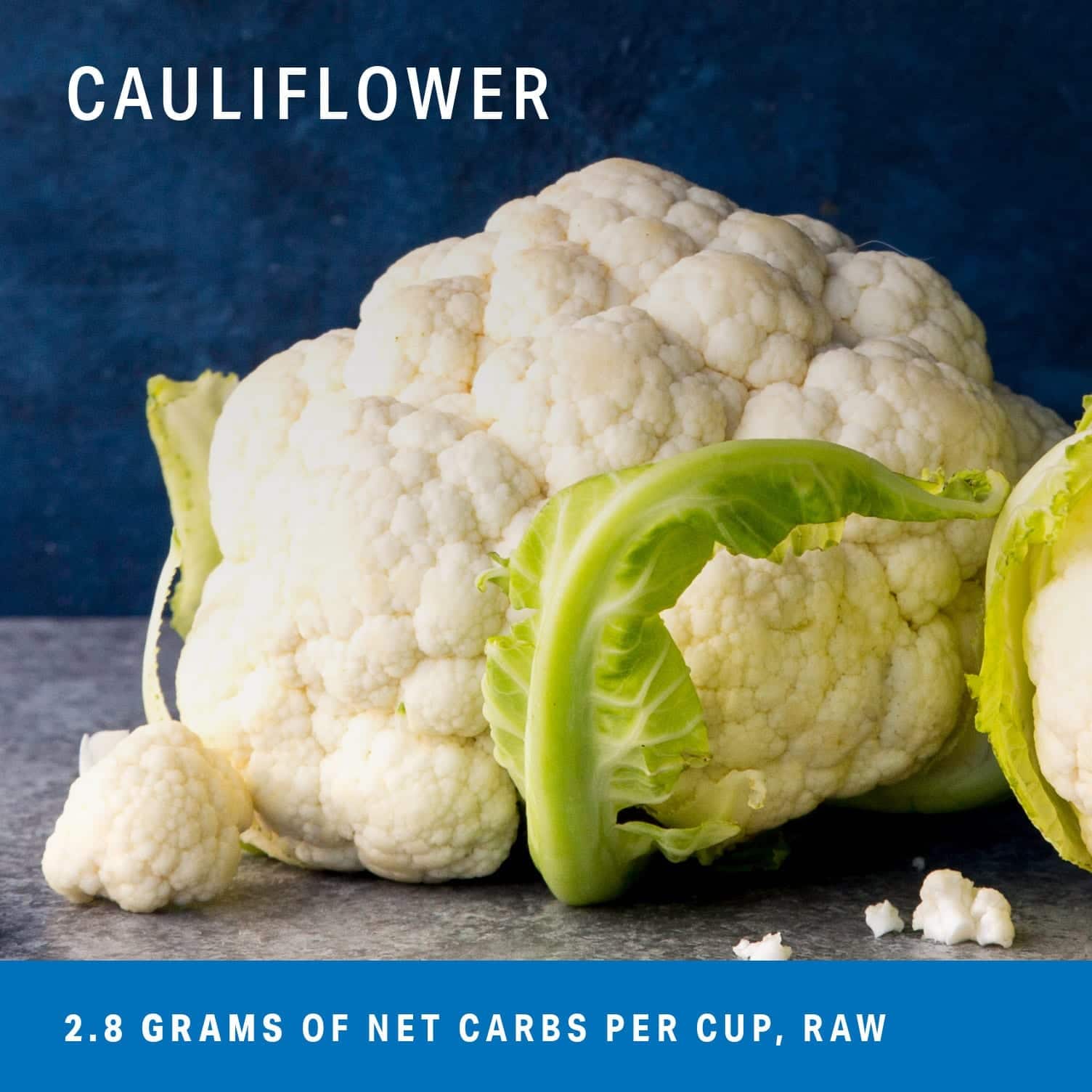
Bland as it may seem, cruciferous cauliflower actually provides more than 75% of your daily vitamin C needs, says Blakely. It also brings 300 milligrams of potassium to the table. Swap riced cauliflower for regular rice to make your favorite meals more keto friendly — or roast florets in olive oil.
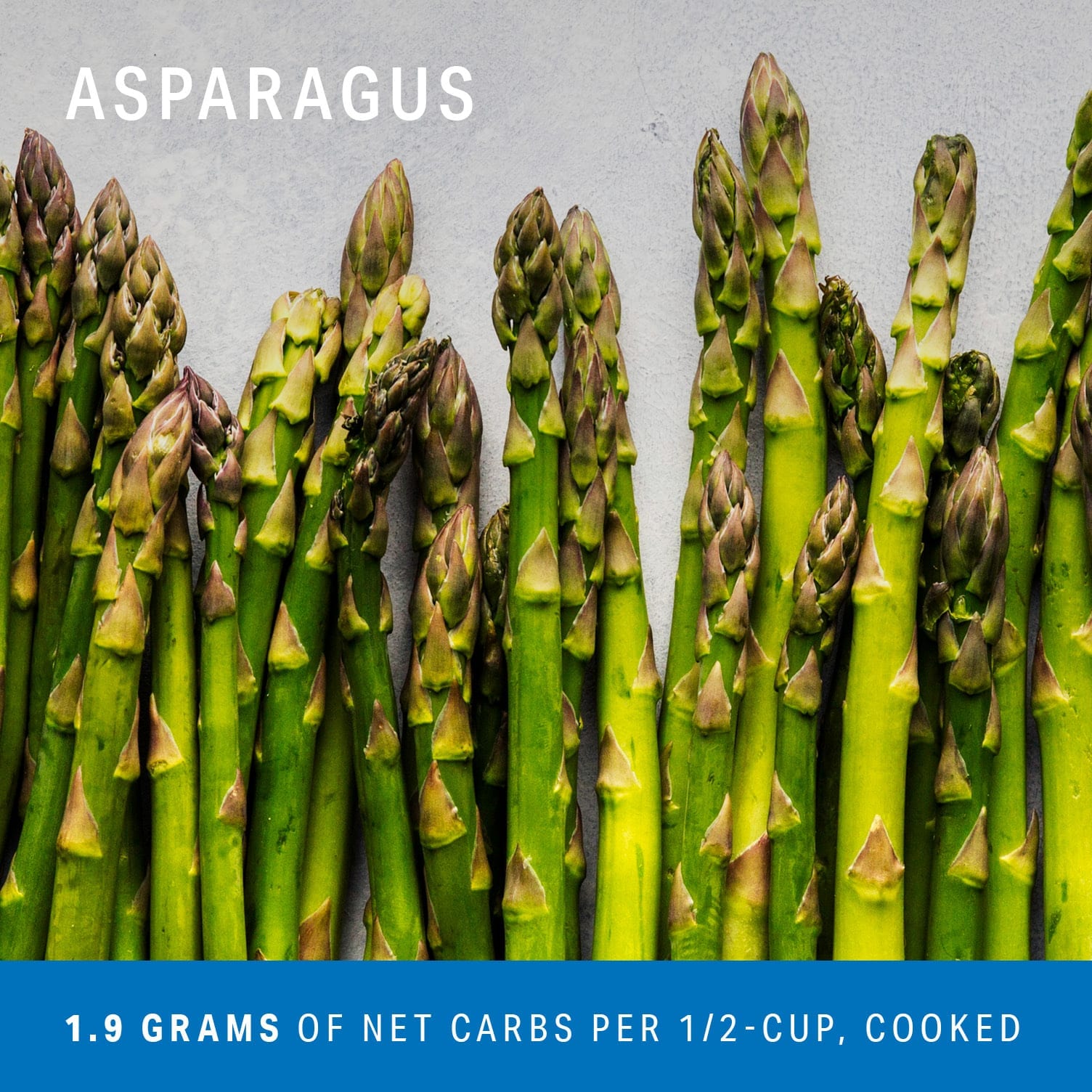
Asparagus packs loads of different nutrients, including vitamin A, vitamin C, B vitamins (including folate) and iron. Serve a handful of spears alongside a poached egg or piece of salmon for brunch-inspired eats.
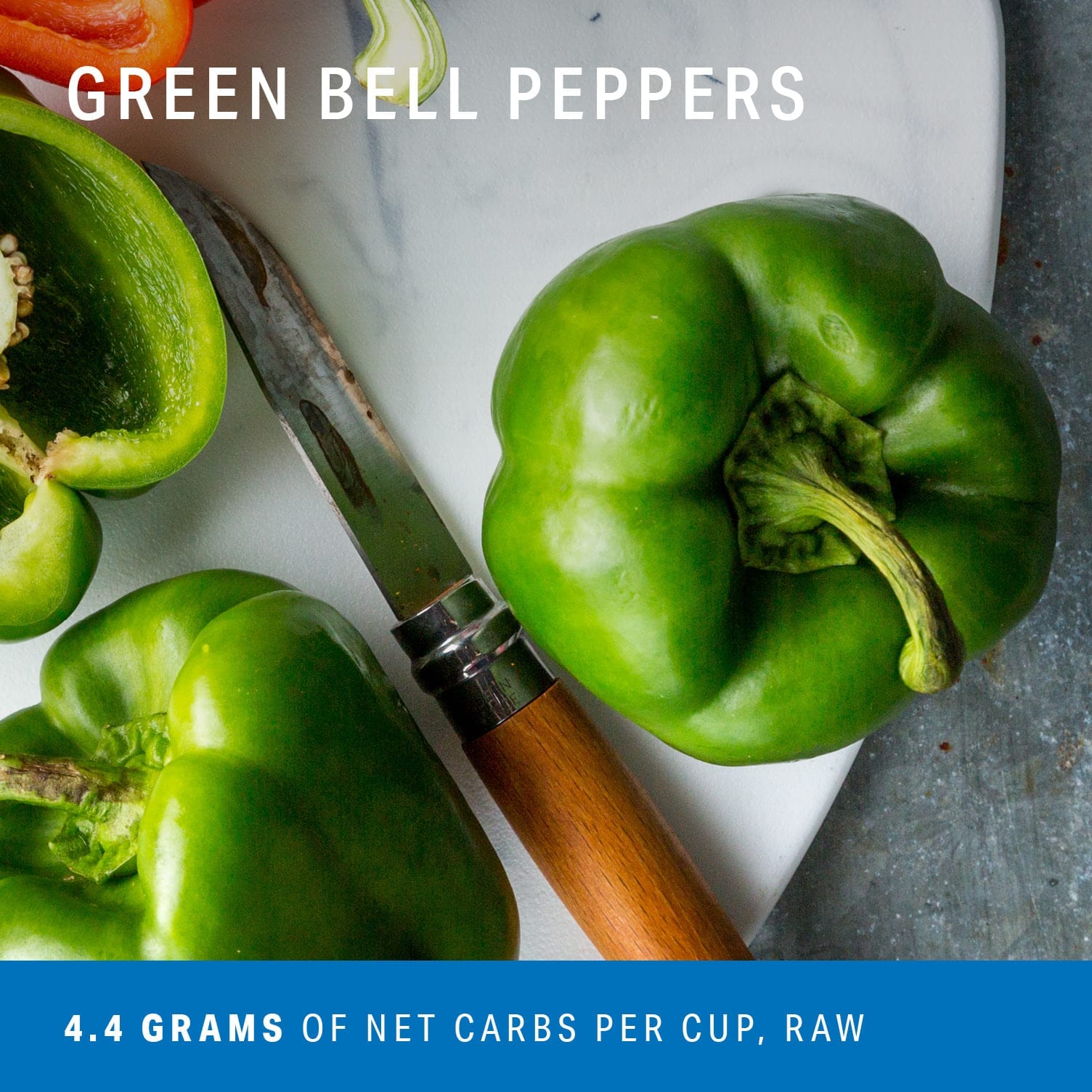
Green bell peppers, which provide small amounts of a few minerals, contain less sugar than sweeter red peppers. Stuff them with ground meat for an easy meal or dip slices in guacamole for a snack.

A stellar source of vitamin C and vitamin K (providing more than your daily needs in every serving), broccoli is another go-to for keto eaters. Incorporate broccoli into keto-friendly stir-fries or roast or steam it on its own.
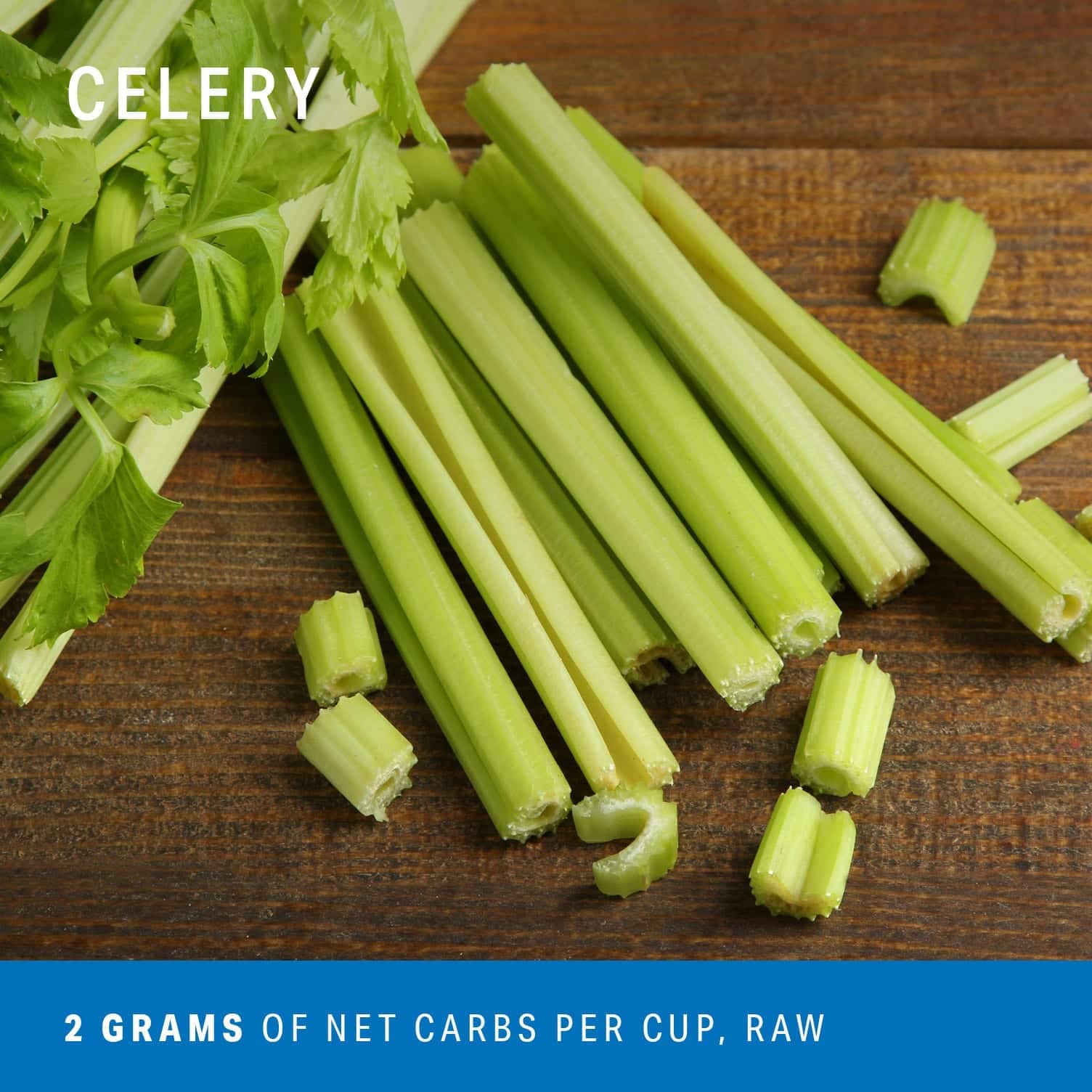
Made of fiber and water (with a few B vitamins and minerals thrown in), use low-carb celery to load up on your favorite high-fat dips.

This summer squash provides 10% of your daily magnesium needs, says Blakely. Swap zucchini noodles for pasta to save carbs while still enjoying your favorite comfort meals.

Like celery, cucumbers have a high water content, so they’re just as refreshing as they are low-carb. They also make great vessels for your favorite keto dips.

Technically fungi, though generally considered veggies, mushrooms provide the B vitamins niacin and riboflavin, along with the minerals potassium and selenium. Incorporate mushrooms into your keto diet by adding them to stir-fries — or even using grilled Portobellos as burger buns.

Though tomatoes are technically a fruit and contain more carbs than a lot of the keto-friendly vegetables on this list, they’re worth incorporating in small amounts because of their high vitamin A and vitamin C content. Just note your portion sizes. Add diced tomatoes to guacamole or scrambled eggs — or use them to bring a pop of color to salads.
VEGETABLES TO AVOID ON KETO
To keep keto simple, you’re best off avoiding higher-carb, starchy vegetables, says Appel. However, you can include some from time to time — as long as you keep portions small.
As a rule of thumb, keto followers should avoid vegetables grown below the ground, since they tend to be starchy. Here are six, in particular, to avoid:
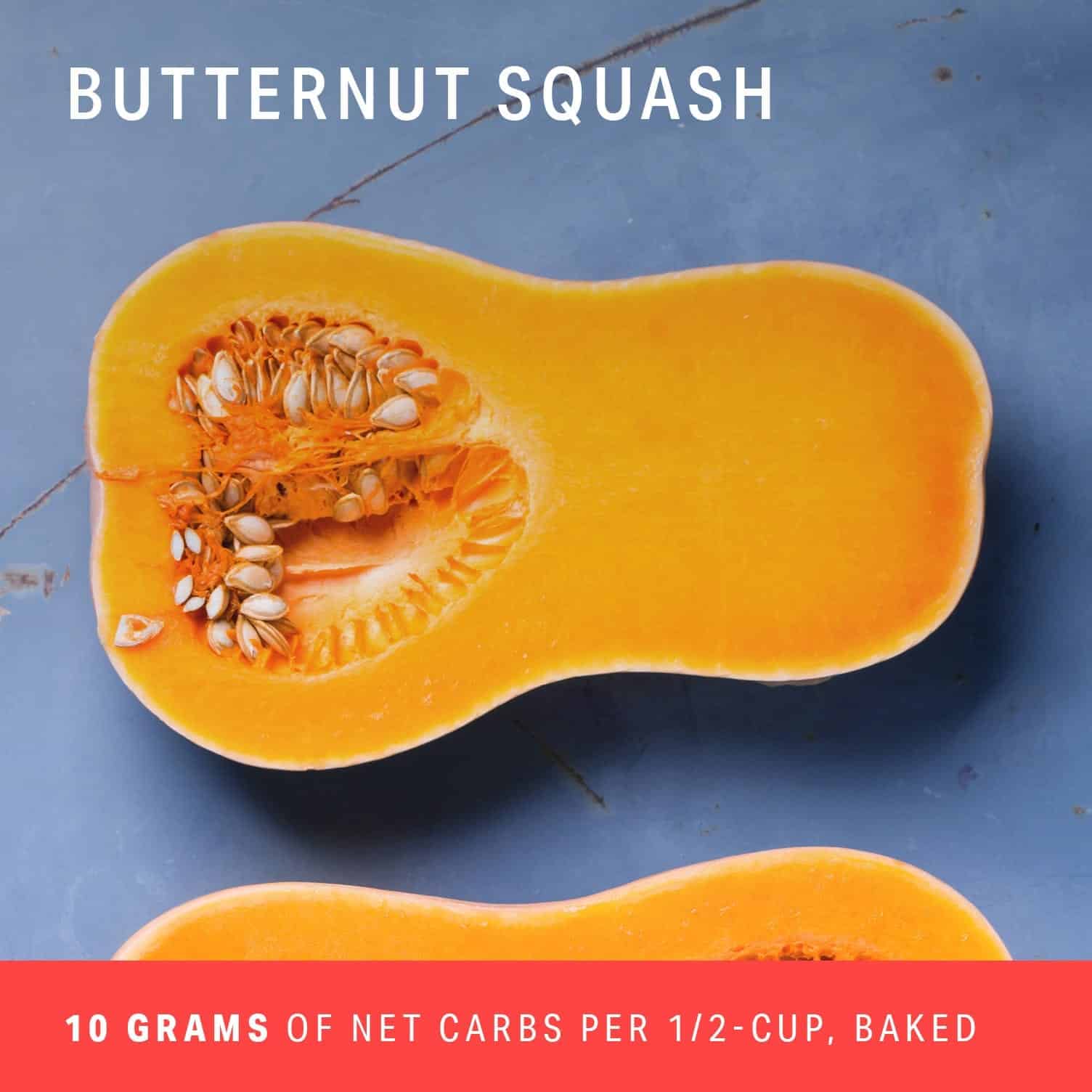
Though rich in vitamin A, this popular fall vegetable contains more carbs than you might realize, says Appel.

Another vitamin-A powerhouse, sweet potatoes rack up the carbs fast, so they’re pretty much always a no-go on keto, Appel says,

Even higher in carbs than their sweeter, brighter counterparts, white potatoes can throw you out of ketosis real quick, though they do provide vitamin C.

Sad but true: Coating corn in a thick layer of butter won’t make it any more keto-friendly — even if it does contain some fiber, says Appel.

High in fiber and a great plant-based source of protein, green peas also contain enough carbs to threaten ketosis, Appel says.

Another fall favorite, acorn squash contains more carbs than butternut and is more difficult to incorporate into a keto diet.

Generally, you’re best off avoiding all beans on a keto diet, says Michels. Though high in fiber and plant protein, they still pack enough net carbs to push you over your daily allowance.




